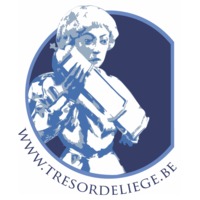
Y. Tillet
Related Authors
Lucretia Kargere
The Metropolitan Museum of Art
Amal Azzi
University of Poitiers
Markus Schlicht
Centre National de la Recherche Scientifique / French National Centre for Scientific Research
Caroline Thomas
Musée du Louvre, Paris
Sandrine Pagès-camagna
Centre de Recherche et de Restauration des Musées de France
Immaculada Lorés
Universitat de Lleida
Anne Leturque
Université Paul Valéry - Montpellier









Uploads
Papers by Y. Tillet
Abstract : Nantes Cathedral houses a Spanish Crucifixion dating from the late 16th or early 17th century. This atypical work,belonging to the group of “lightweight sculptures” and processional artefacts, closely related to the Mexican art of making sculptures of Christ from maize-stalk paste, was rediscovered during its restoration. In order to garner information about the technique and materials used, several methods of investigation and in-depth microanalyses were necessary. Producing a detailed CT scan image played a decisive role in understanding the original construction methods and internal alterations, and demonstrated the advantage of using this efficient imaging procedure in restoration practices.
Abstract : Nantes Cathedral houses a Spanish Crucifixion dating from the late 16th or early 17th century. This atypical work,belonging to the group of “lightweight sculptures” and processional artefacts, closely related to the Mexican art of making sculptures of Christ from maize-stalk paste, was rediscovered during its restoration. In order to garner information about the technique and materials used, several methods of investigation and in-depth microanalyses were necessary. Producing a detailed CT scan image played a decisive role in understanding the original construction methods and internal alterations, and demonstrated the advantage of using this efficient imaging procedure in restoration practices.